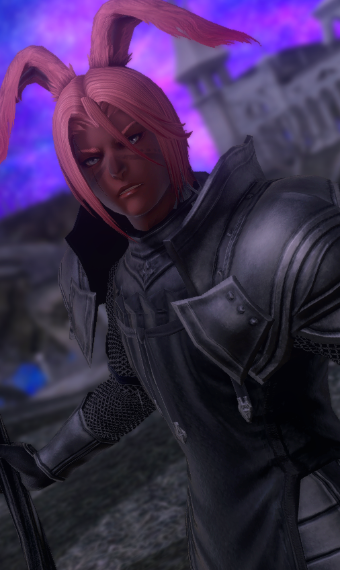

They continue to worship the deities who were their patrons before their transformation as well.

Fionnghuala is revered by swanmays, a secretive organization of female human rangers with the ability to transform into swans. She wears white feathered patches on her shoulders and on the crown of her head, and gossamer armor. Fionnghuala is a small, very slender human woman with red hair and green eyes. Emmantiensien is revered by treants.įionnghuala is the deity of swanmays, communications, and sorority. Emmantiensien is closely allied with Rillifane Rallathil and Corellon Larethian. With this crystal, Emmantiensien can call forth power which no other sylvan deity can employ, not even Queen Titania. Emmantiensien appears as a vast treant with well-sheened bark, his roots curled around a magic crystal fashioned by some unnamed and unknown deity. His name is a contraction of a Treant word meaning "one who is slow to rouse but is great in might when stirred to action." His symbol is a pair of acorns. Sometimes he is said to be the offspring of a humanoid trickster god, such as Erevan Ilesere, who took on female form in order to conceive and give birth to Eachthighern.Įmmantiensien (Emm-ann-tee-enz-ee-an) is the god of treants, trees, and deep and hidden magic. Myths differ on his parentage, but most often he is regarded as a son of the ki-rin god Koriel. Eachthighern is a member of the Seelie Court. There is a gray fringe on his mane and beard. Eachthighern is depicted as a winged unicorn with a white coat and slight gray dappling on his belly. Eachthighern Įachthighern (pronounced "ek-tee-arn," meaning "lord of horses") is the unicorn deity of Healing, Loyalty, and Protection. According to Monster Mythology, Titania worries so much about the various sylvan races that Damh felt compelled to take over some of her responsibilities and, therefore, lighten her load. He is a god of the Inner Circle of the Seelie Court, Damh is the son of Titania and Oberon.ĭamh's main worshipers are korreds, satyrs, and atomies. A physically powerful god, he may ambush hostile invaders into fairy lands. He carries a set of pipes, a wooden flute, and a harp. Damh appears as a male korred with long, tawny-auburn hair tied into braids. Caoimhin dwells in the Seelie Court realm.ĭamh (pronounced "dav," meaning "horned beast" : 118) is the fey deity of dance, song, and celebrations. He wears gossamer armor covered in thick woolen rags to help him keep warm. Caoimhin is a large-nosed, mouthless brownielike creature only a foot in height. In many campaign settings for the Dungeons & Dragons role-playing game, Caoimhin (pronounced "koo-ev-inn," meaning "kindly") is the killmoulis deity of food and shy friendship. The Outer Circle is more loosely allied, and either do not consider Titania to be their liege, as Skerrit does not, or spend most of their time away from the court, as Fionnghuala does. The Inner Circle is closely associated with Queen Titania, and includes her consort Oberon, their children Damh and Verenestra, their court jester Squelaiche, and Eachthighern, their steed. The Seelie Court is its own planar realm that travels between the various Upper Planes as its members desire, most frequently on the Beastlands, Ysgard, and Arborea.

The role of each of these gods in the cosmology of the Planescape campaign setting was described in On Hallowed Ground (1996). The Seelie Court was introduced in the book Monster Mythology (1992), which described Titania, Oberon, Caoimhin, Damh, Eacthighern, Emmantiensien, Fionnghuala, Nathair Sgiathach, Skerrit, Squelaiche, Verenestra, and the Queen of Air and Darkness, including details about the priesthood of each god.


 0 kommentar(er)
0 kommentar(er)
